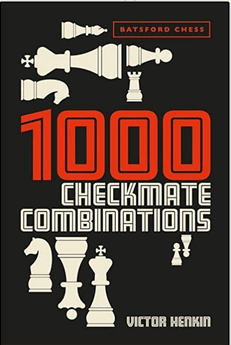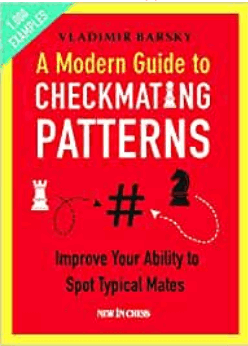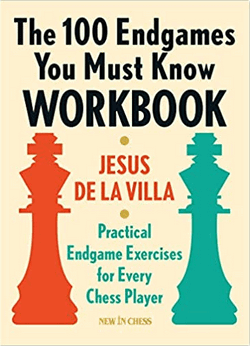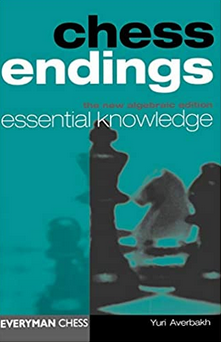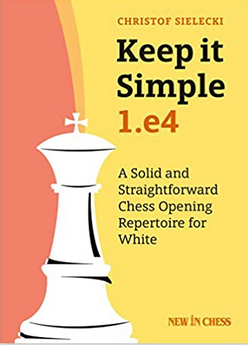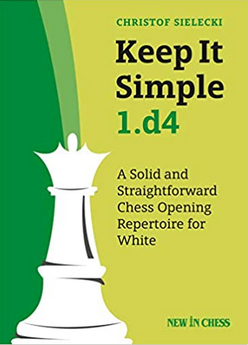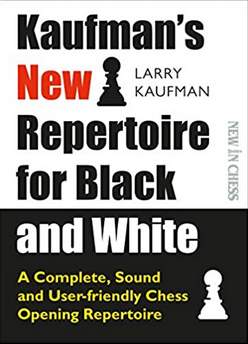 Versione Italiana Versione Italiana |
 English version English version |
Luigi's chess book review
It happens to me to teach chess at school and some students ask me for suggestions on the books they need to buy to learn more. The following is a small list of books. The list is divided into categories. I have read or bought the suggested books... but given my chess results I obviously haven't studied them enough!
Most of the books presented below refer to the Amazon site. There you can check its content and further reviews. If you buy some books from this page, Amazon will give me a very small commission.
History of chess champions
The best books are those authored by Garry Kasparov in the series My great predecessors. For more recent update we must wait the retirement of Magnus Carlsen.
Checkmate
It's about the purpose of the game. You need to train a lot to be able to feel that in certain positions checkmate must be there or you can force your opponent into the trap. These books help to memorize as many patterns as possible or otherwise you will miss many mate in two moves during a real game.
Endgame
After learning how to checkmate in simple positions, you need to start right away with the endgames. In the endgames there are few pieces and you must learn how to coordinate them to reach simple goal. Also it is in the endgames that advantages must be converted into victory. Make no sense to study a lot of opening theory and reach a position evaluated +2, or +3 by a chess engine and do not know how to win a simple rook ending. Starts with endgame and then choose the opening that help you to reach favorable endings.
Openings
For openings it is very difficult to make suggestions. It is like suggesting that you get a wife (husband) with certain characteristics rather than others. The choice is very subjective and they are all good as long as you can learn your favorite opening properly. I have known IM and GM always play the same opening for years that the theory considers out of fashion or outdated (Ponziani, Alekhine, Tromposky,...). But with these openings they beat more titled players.
The truth is, every player plays well in certain positions and makes terrible mistakes in others. Therefore, for those who are learning, it is advisable to play all the openings until he understands which positions he feels comfortable in. Generally when you keep playing an opening even after losing then it means that it suits your style.
Here are some titles for players looking for an easy-to-remember white opening repertoire.
For the most demanding and ambitious player it is necessary to resort to monographs. Among these I like the books by Lars Schandorff (entertaining writer) that writes for the Granmaster guide di quality chess . Sadly his d4 repertoire seems no longer available on amazon.
Combinations
How boring would chess be without combinations. They are the ones that, arriving in unexpected way, make a game immortal. You improve by learning to recognize them before they appear on the board. How many times the combination was there nice served and we let it get away. Study! Here are some suggestions.
|
One of the authors of this famous book is the father of the Polgar sisters. You can be sure that his training method based on this collection of exercises really works.
|
|
|
Collection of 300 key positions from which to start your way to victory.
|
Middlegame
Even in the middlegame you need to be able to recognize from certain elements, generally the pawn structures, what to do. It is the position that suggests you how to play... those who play against the nature of the osition will regret it. For this phase of the game there are many excellent books. Here are some.
|
This is a classic book and you can't go wrong if you are starting to play chess.
|
|
| A more recent book to understand what to do when you do not know what to do. | |
|
For more advanced players. This pair of books by GM Sokolov features many typical plans to follow in the middlegame. A sort of navigator so you don't lose your way as soon as you come out of the opening. |

